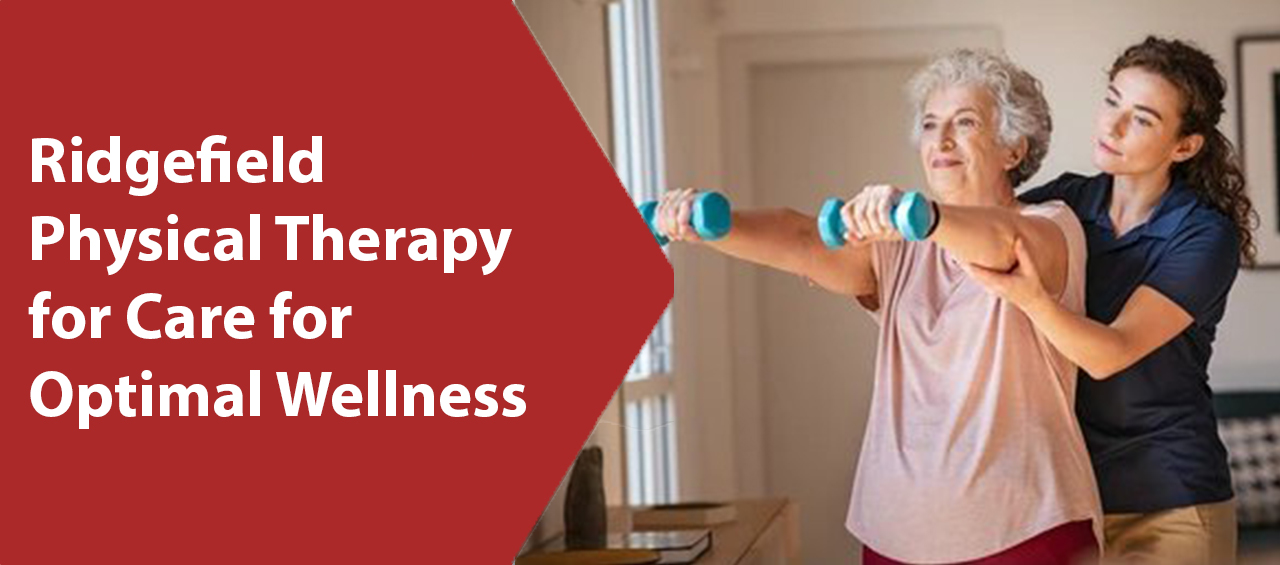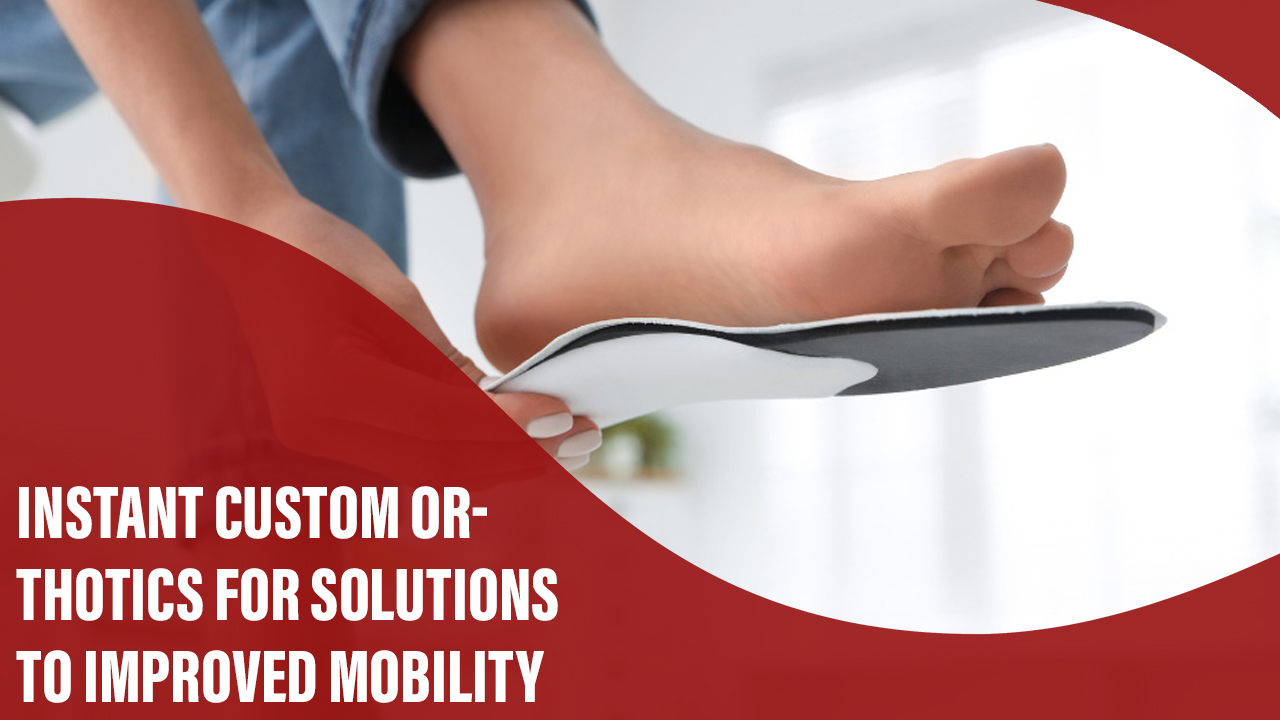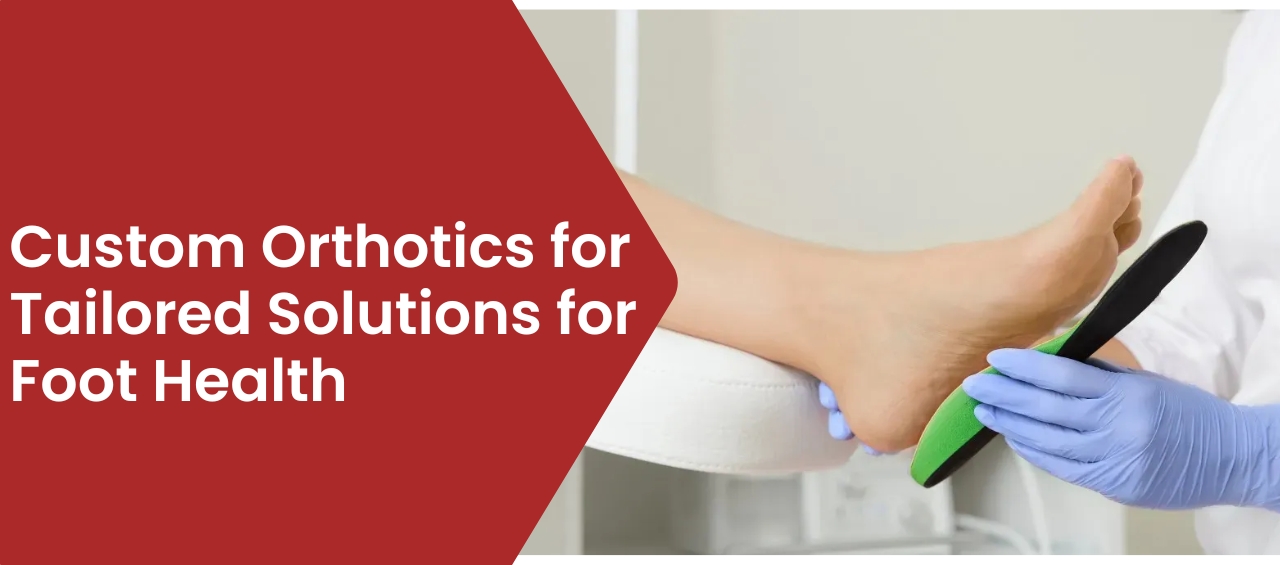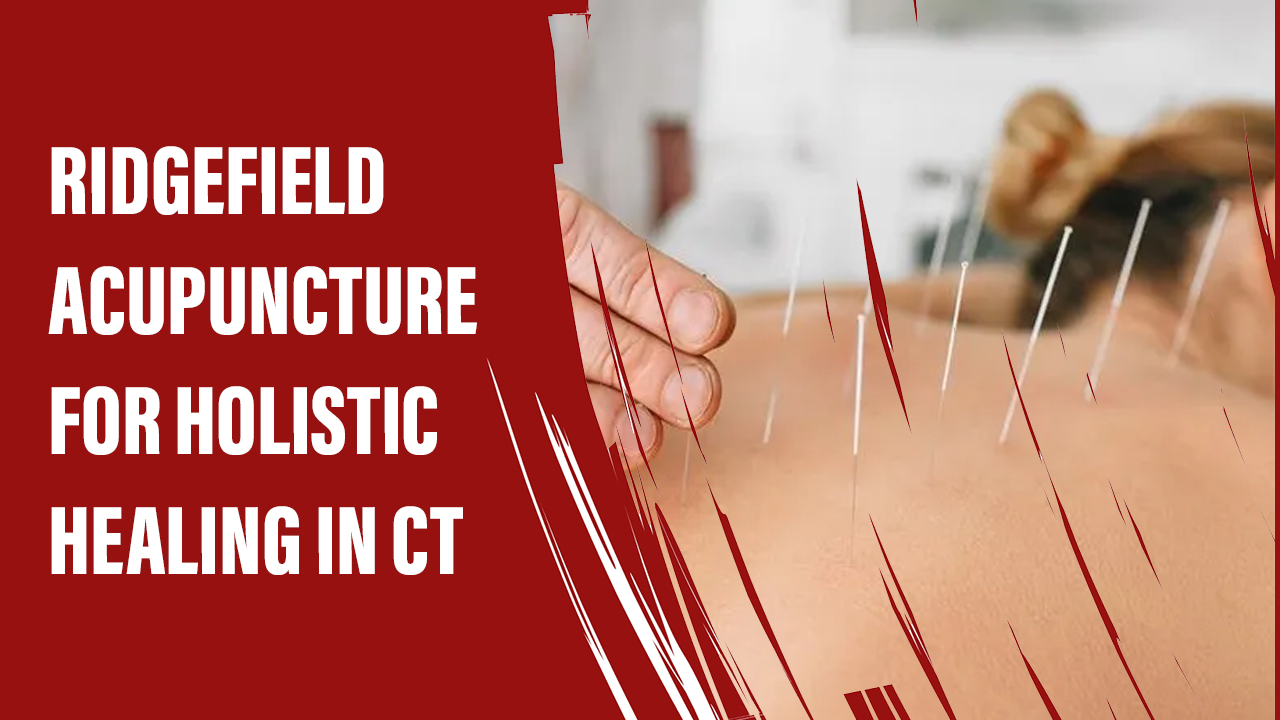Ridgefield Physical Therapy For Care For Optimal Wellness

Comprehensive wellness care embodies a holistic approach to health, seamlessly integrating various health disciplines to promote overall well-being. At its core lies physical therapy (PT), a vital component of this multidisciplinary approach. In Ridgefield, CT, individuals seeking optimal health benefit from the expertise of a therapist the locals trust, specializing in PT practices and techniques. […]
Finding The Right Therapist For Massage In Ridgefield CT

Conclusion: Embarking on the journey to find the right massage In Ridgefield CT is a significant step towards prioritizing your wellness and enhancing your overall well-being. Throughout this process, you’ve delved into various aspects to ensure you make an informed decision that aligns with your needs and preferences. By understanding your needs and preferences, you’ve […]
Massage In Ridgefield CT For Relaxation & Relief Near You

Massage therapy, a practice dating back thousands of years, involves the manipulation of soft tissues to promote relaxation, alleviate muscle tension, and improve overall well-being. In Ridgefield, CT, the demand for massage services has surged, with residents increasingly seeking relief from stress and discomfort through therapeutic touch. However, amidst the plethora of options for massage […]
Transformative Physical Therapy In Ridgefield CT

Conclusion In the bustling community of Ridgefield, CT, the transformative power of physical therapy reverberates through the lives of its residents. As we conclude our comprehensive guide to the role of physical therapy in Ridgefield CT, it becomes evident that this rehabilitative practice is not just a service but a beacon of hope, restoration, and […]
Optimize Your Health With Physical Therapy In Ridgefield CT

Introduction Physical therapy in Ridgefield CT, encompasses a range of rehabilitative techniques aimed at restoring mobility and functionality to individuals suffering from injuries or chronic conditions. As one of the best chiropractors in CT, the significance of physical therapy cannot be overstated. Through targeted exercises, manual therapy, and other interventions, physical therapists assist patients in […]
Instant Custom Orthotics For Solutions To Enhanced Comfort

Conclusion: In conclusion, instant custom orthotics stand as indispensable aids in the realm of rehabilitation and mobility support, particularly for individuals grappling with neurological and orthopedic challenges. Throughout this exploration, we’ve delved into the intricate anatomy and functionality of AFOs, uncovering their pivotal role in providing support, alignment, and stability to the foot and ankle. […]
Instant Custom Orthotics For Solutions To Improved Mobility

An ankle-foot orthosis (AFO) is a device designed to support and align the foot and ankle, aiding in rehabilitation and enhancing mobility for individuals with various neurological and orthopedic conditions. These instant custom orthotics provide crucial assistance to those with conditions like stroke, spinal cord injury, or drop foot, enabling them to walk with greater […]
Custom Orthotics For Tailored Solutions For Foot Health

Conclusion: In the journey towards optimal foot health, custom orthotics stand as indispensable allies, offering tailored solutions to a myriad of foot conditions and biomechanical challenges. As we’ve traversed through the comprehensive guide to custom orthotics, it becomes abundantly clear that these personalized shoe inserts are not merely accessories but transformative tools meticulously crafted to […]
Custom Orthotics For Tailored Solutions For Foot Pain Relief

Custom orthotics are personalized shoe inserts designed to address various foot issues and improve biomechanical alignment. These orthotics are crafted based on thorough gait analysis and foot examination to tailor them to the specific needs of the individual. The importance of orthotics in foot health cannot be overstated, as they play a crucial role in […]
Ridgefield Acupuncture For Holistic Healing In CT

Conclusion In conclusion, Ridgefield acupuncture stands as a testament to the enduring power of traditional Chinese medicine in promoting holistic well-being. Through the strategic placement of needles and the meticulous understanding of the body’s energy pathways, acupuncture offers a comprehensive approach to healing that addresses both physical and mental health concerns. One of the most […]
